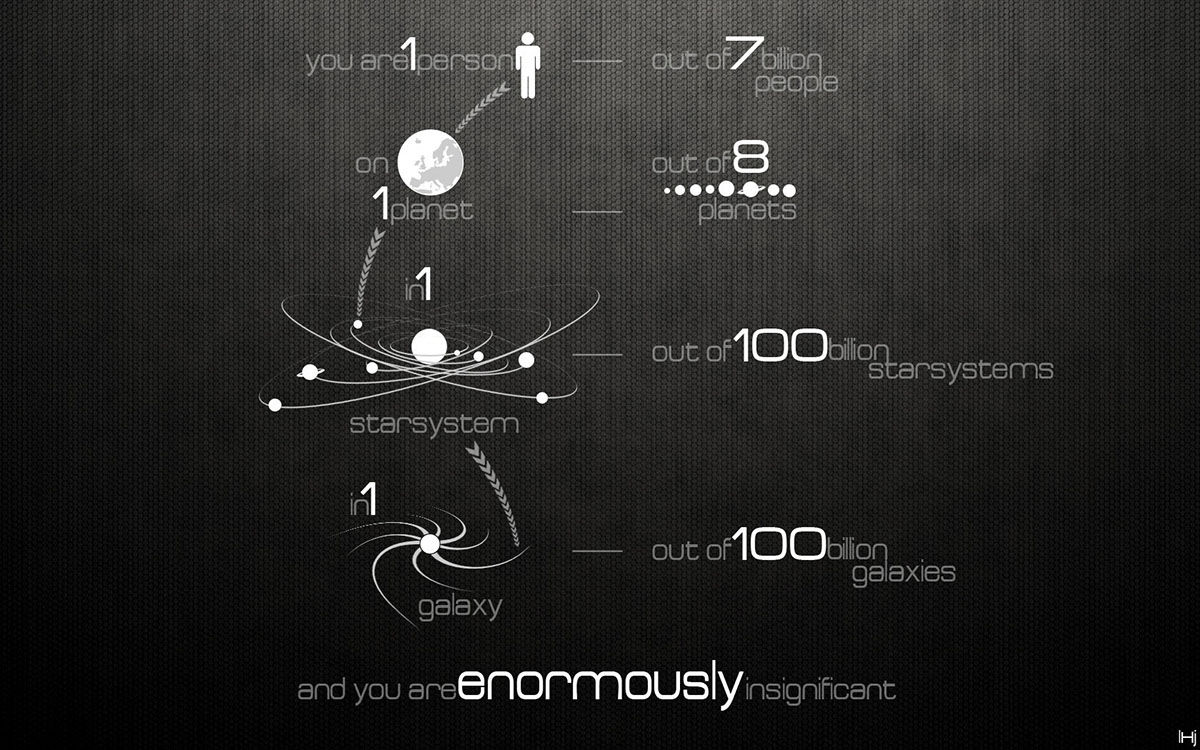did the cosmological principle get knocked down?

Since the dawn of modern cosmology there’s been an implicit assumption that no particular spot in the universe was supposed to be any more special than the rest. On the biggest scales of all, scales at which galaxies are treated like tiny particles, the universe is supposed to be isotropic and homogeneous i.e. more or less uniform in composition and its expansion from the Big Bang. For decades, simulations and observations seemed to show that this was really the case, but as a newly published paper argues, this might no longer be the true because lurking at the dawn of the universe was a group of quasars stretching for nearly 4 billion light years and tipping the very large metaphorical scales at 6.1 quintillion solar masses. That’s a big enough cluster to shatter the theorized limit on how big cosmological structures should be able to get by a factor of four. It looks as if the cosmological principle might need some refining unless it turns out that data from the Sloan Digital Sky survey is wrong and this cluster is much, much smaller than it appears.
Here are the basics on the fancifully named Huge Large Quasar Group, or Huge-LQG for short. It’s made up of 73 quasars arranged like a Y chromosome that was been shot right through the center with a high speed projectile. The upper, crescent-shaped branch is 56 quasars and the remaining 17 cluster tightly right underneath it. It’s about eight times the width of the Great Wall, which was once considered such an enormous cluster of galaxies that it too was once billed as a discovery that would challenge the cosmological constant. But simulations showed that it simply wasn’t big enough and that clusters as wide as 1.2 billion light years still leave the cosmos more or less uniform and isotropic. And this is the major issue with Huge-LQG. It’s almost four times wider and there’s no explanation for how a structure this big could exist without being torn apart by gravity and the expansion of space-time long before it gets anywhere near that size. Now, we can’t exactly toss the cosmological principle away yet, but we at least have to refine it.
Obviously, something is missing and if we were to simply adjust and say that 4 billion light years should now be the new limit on quasar groups, we would be missing why that’s the case. Letting go of the cosmological principle opens us to new models of galactic and cosmic evolution and exciting new ideas. However, it’s not really that simple because we’d also have to explain how an anisotropic early universe became the mostly isotropic, homogeneous mature one we see today while working in the confined space of a finite cosmos. One easy way to stick with homogeneity could be to declare that the known universe must be much bigger than we think because if your scale is big enough, anything can become small enough to be homogenized into your structure, but without being able to see beyond 13 billion light years or so, super-sizing the universe is an extremely questionable proposition. Either way, Huge-LQG leaves us with a dilemma that really gives the status quo a run for its money, and that’s how the really exciting breakthroughs can be made, fascinating new science gets done, and Nobel Prizes are eventually earned…
See: Clowes, R., et al. (2013). A structure in the early Universe at that exceeds the homogeneity scale of the R-W concordance cosmology MNRAS DOI: 10.1093/mnras/sts497





